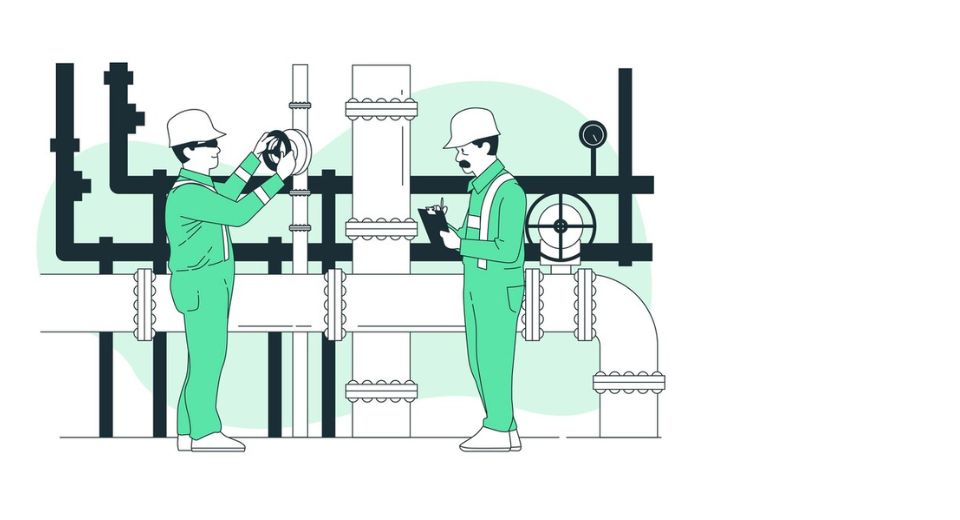
Jan 13, 2025

The Global Oil and Gas Valves market, as Metastat Insight reports, is one of the essential components of the energy sector. It has an influence on oil and gas distribution, production, and regulation globally. As energy demand and new technologies are ever increasing, high-performance valves become more critical. These valves make sure that oil and gas systems are efficient, safe, and sustainable. These components would only allow proper regulation and safety measures to mitigate the risks associated with energy transportation and processing by controlling the material flow within the pipelines and other distribution channels.
It has never been more apparent how much the world needs reliable and durable valves as it is now, especially when it comes to oil and gas extraction. Such valves the industry requires, which can tolerate critical pressures, high temperatures and corrosive materials. During recent years because of the increased exploration activity and investments in the energy sector, the demand for advance valve solutions matching these critical requirements has also increased. Advances in such sectors are mainly toward increasing the service life of the valves and providing them with superior resistance to arduous operational conditions, which range from deep-water exploration rigs to offshore drilling units. Material developments and designs to meet these conditions have increased demand for valves dramatically in the market.
Environmental issues, along with standard regulations, will continue to contribute to innovation within the market as well. The adverse effects on the environment force the oil and gas industry to constantly embrace newer technologies that have a minimal impact on the environment. Valves are still critical parts of how the systems designed for the exploration, production, and transport of oil and gas systems ought to be in accordance with safety and environmental regulations. Innovations such as automation of valve systems, remote monitoring capacity, and better sealing technologies improve the operational efficiency but also minimize leakages and emissions. Such technological upgradations aid companies in complying with increasingly stringent environmental standards, which are essential for maintaining compliance with global regulations.
The oil and gas valves market also reflects this shift towards greener practices. As nations and corporations continue to strive for greener energy sources, the oil and gas industry has adapted by focusing on reducing energy consumption and improving the overall efficiency of systems. The rise in energy-saving technologies in valve design, such as energy-efficient actuators and optimized flow control mechanisms, has further increased the adoption of these products. These measures not only save the environment but also reduce costs, making it an attractive option for businesses in this sector.
Geopolitical factors also play a significant role in shaping the dynamics of the oil and gas valves market. As nations are now exploring previously untapped areas for new oil and gas, there is more of a requirement for infrastructure support in the transportation and processing of energy resources. In these regions, the construction of new pipeline networks and extraction systems has increased the demand for quality valves that can work in remote, sometimes challenging, environments. Another significant development in the current scenario is the change in the political world order, with super-rich countries holding immense energy reserves, expanding their market horizons. Valve manufacturers now find scope for new geographic regions to tap.
The market has been significantly affected by automation and digitalization in recent years. Today, all the oil and gas plants are slowly moving towards smart technology, and the same goes for valves. Automation provides better control, thus reducing the chances of human error and enhancing safety. Remote operation and monitoring of valve systems also enhance operational efficiency by allowing real-time data collection, predictive maintenance, and optimization of processes. These are big strides forward for the industry, with the added pressure of maintaining the highest levels of safety, performance, and ensuring downtime is kept to the minimum.
The Global Oil and Gas Valves market competitive landscape is very dynamic due to product development, regional expansion, and strategic alliances. The valve manufacturers are researching and developing more durable valves that can withstand increasingly demanding operational conditions. From corrosion-resistant materials to advanced sealing technologies, market trends are towards more specialized solutions in terms of valve offerings, enhanced reliability, and efficiency. As the oil and gas industry continues to expand, it is also diversifying its product line to meet broader groups of customers' needs across different sub-sectors of the energy sector.
The Global Oil and Gas Valves market, as captured by Metastat Insight, is at the crossroads of innovation, environmental considerations, and the potential that technology has toward influencing its future. The continuous demand for more durable, efficient, and environmentally-friendly valve solutions will see to it that this market stays at the foundation of the oil and gas industry. New emerging challenges and transformations in the global energy landscape are going to be met with significant contributions from valves in the transport of energy resources safely and efficiently. Given ongoing technological developments and a rise in the demand for sustainability, this market's future is to see continued growth with innovation.
Drop us an email at:
Call us on:
+1 214 613 5758
+91 73850 57479